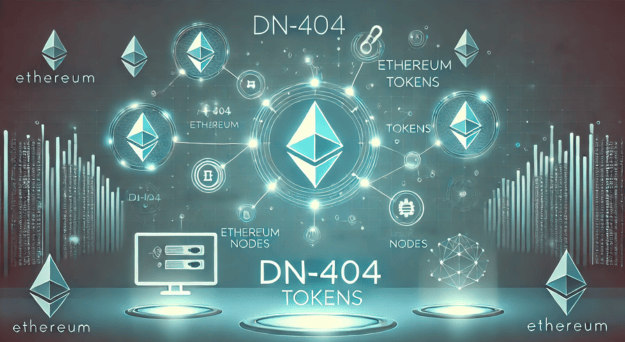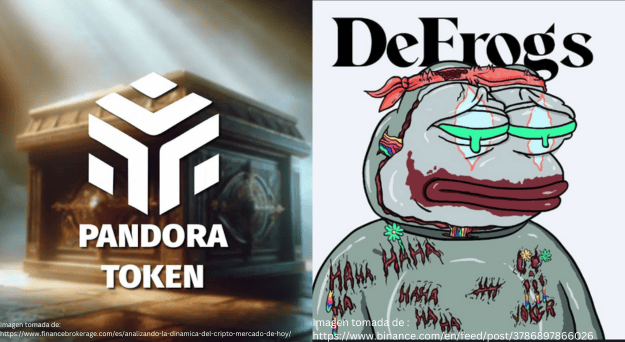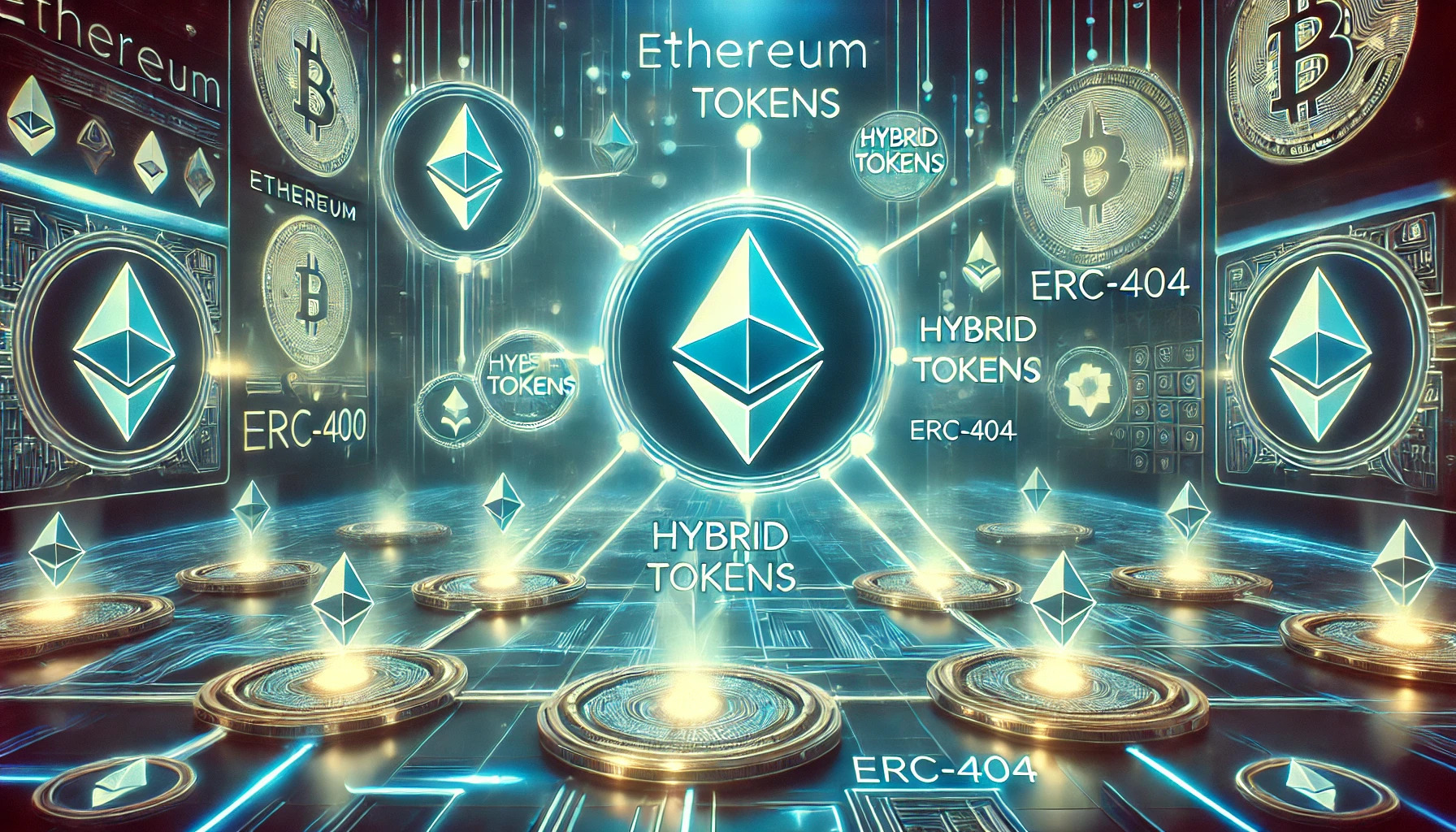-
As the experimental ERC-404 token standard gained popularity for merging fungible and non-fungible properties into a single token model, developers and users began to experience some growing pains. While ERC-404 unlocked powerful new use cases—particularly for NFT integration, fractional ownership, and DeFi applications—it also introduced technical inefficiencies, especially regarding network
-
As decentralized applications (dApps) continue to evolve across DeFi, NFTs, gaming, and Web3 social platforms, the demand for more flexible and powerful token standards is rising. Enter ERC-404 — the experimental Ethereum token standard that merges fungible tokens (ERC-20) with non-fungible tokens (ERC-721) into a hybrid format. While ERC-404
-
As the experimental ERC-404 token standard continues to gain momentum, new projects are emerging in its wake — eager to explore hybrid token possibilities. One such project is DeFrogs, a playful yet ambitious initiative that’s drawing comparisons to Pandora, the pioneering force that first brought ERC-404 to mainstream attention. But
-
The emergence of the ERC-404 token standard has sparked curiosity across the blockchain community. At its core, ERC-404 is an experimental innovation that combines fungible and non-fungible features, offering a unique token structure that blends the liquidity of ERC-20 with the individuality of ERC-721. But how exactly does this hybrid
-
Introduction The ERC-404 token standard is one of the most exciting developments in Ethereum token standards, pushing the boundaries of fungible tokens and NFT integration. Unlike traditional token models such as ERC-20 (fungible) and ERC-721 (non-fungible), ERC-404 blends elements of both, allowing assets to have fractional ownership, liquidity, and unique




